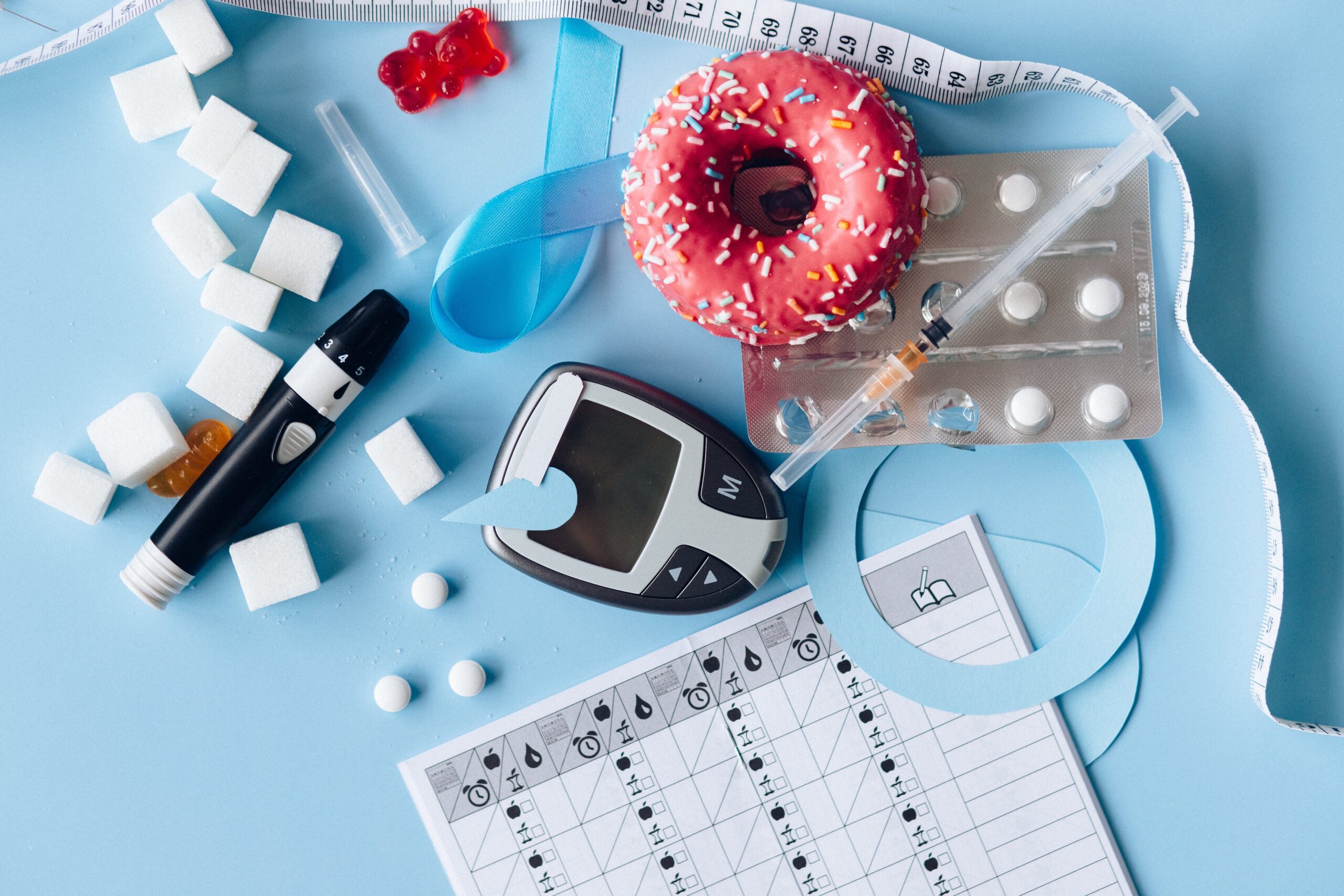
By Jassica Mendez
Moving to a new hometown is an exciting adventure, but it can also present unique challenges, especially if you are living with diabetes. One of the important aspects of managing diabetes is maintaining a balanced diet. As you settle into your new surroundings, you may wonder about the food options that align with your dietary needs. Learn about the various food options for diabetics in your new hometown, will help you make informed choices for your health and enjoyment.
Local Markets and Grocery Stores
Your first stop on the journey to finding diabetes-friendly food options in your new hometown should be the local markets and grocery stores. These places can offer many fresh and nutritious choices.
Fresh Produce
Load up on fresh fruits and vegetables. Opt for non-starchy vegetables like spinach, broccoli, and cauliflower, which have a lower impact on blood sugar levels. These nutrient-packed veggies provide essential vitamins and minerals and add vibrant colors to your plate. Try to incorporate a variety of colorful vegetables into your diet to ensure a broad range of nutrients that support overall health.
Lean Proteins
Lean meats, poultry, fish, and tofu are excellent protein sources. They help stabilize blood sugar levels and keep you feeling full. Consider marinating or seasoning your proteins with herbs and spices for added flavor without relying on high-sugar sauces or marinades. Grilled chicken or baked fish can be incredibly tasty diabetes-friendly options.
Whole Grains
Choose whole grains like quinoa, brown rice, and whole wheat pasta over refined grains. They are rich in fiber and have a lower glycemic index. Whole grains provide a steady release of energy and help control blood sugar spikes. Experiment with different whole grains to keep your meals interesting and nutritious. Try quinoa as a base for salads or whole wheat pasta with a tomato-based sauce for a satisfying meal.
Low-Fat Dairy
To maintain a healthy diet, select low-fat or fat-free dairy products such as yogurt, milk, and cheese. These dairy options provide essential calcium and protein without the added saturated fats found in full-fat dairy products. Greek yogurt, in particular, can be an excellent choice for its higher protein content, making it a filling and diabetes-friendly snack or breakfast option when paired with fresh berries or nuts.
Local Restaurants and Cafes
Eating out can be a delightful experience in your new hometown, and it’s possible to do so while managing your diabetes effectively. When dining out, keep the following tips in mind with food options for diabetics.
Research Menus
Many restaurants now offer nutritional information online. Look for restaurants that include diabetes-friendly options on their menus. This proactive approach lets you plan your meals, making sure you make healthier choices that align with your dietary needs. Prioritize establishments that provide transparent information about ingredients and nutritional values.
Portion Control
Be mindful of portion sizes. Consider sharing dishes or taking leftovers home to avoid overindulging. Restaurant portions are often larger than what you would serve yourself at home. Don’t be afraid to ask your server for a to-go box at the beginning of the meal to portion out an appropriate serving size and save the rest for later. This simple step can help you manage your calorie intake effectively.
Choose Wisely
Opt for grilled, baked, or steamed dishes over fried or heavily sauced options. Look for dishes that feature lean proteins and plenty of vegetables. Request dressings and sauces on the side so you can control the amount you use. Also, make your meal healthier by asking for substitutions like a side salad instead of fries.
Ethnic Cuisine Exploration
One of the exciting aspects of moving to a new hometown is the opportunity to explore different cuisines. Fortunately, many ethnic foods can be part of a diabetes-friendly diet. For instance, if you have moved to Miami, you will find an abundance of choices in cuisines in this versatile city. As an added bonus, these experiences will help you make the most of Miami and enjoy it to the fullest. Consider the following options:
- Mediterranean: Mediterranean cuisine emphasizes healthy fats, lean proteins, and plenty of vegetables. Dishes like grilled chicken or fish with a side of hummus and a Greek salad are excellent choices.
- Asian: Asian cuisine often includes stir-fries with lean meats and vegetables. Opt for brown rice and be cautious with sauces, which may contain hidden sugars.
- Mexican: Choose dishes with grilled or roasted proteins and plenty of fresh salsa and guacamole. Skip the heavy cheese and sour cream.
- Indian: Indian food can be diabetes-friendly when you avoid heavy cream-based sauces and choose dishes like tandoori chicken, dal, or saag (spinach) dishes.
Cooking at Home
Cooking at home allows you complete control over your ingredients and portions. Try these cooking tips and food options for diabetics.
Experiment with Spices
Replace salt and sugar with herbs and spices to enhance flavor without adding sodium or sugar. Herbs and spices like basil, oregano, cinnamon, and garlic can add depth and complexity to your dishes without the need for excessive salt or sugar. Not only do they make your meals tastier, but they also contribute to better blood pressure and blood sugar control.
Portion Awareness
Use measuring cups and kitchen scales to portion your meals accurately, helping you maintain a balanced diet. Paying attention to portion sizes is key for managing your carbohydrate intake, directly affecting your blood sugar levels.
Meal Prep
Plan your meals and prepare them in advance. This will help you make healthier choices throughout the week. Meal prepping can save you time and ensure that you always have nutritious options readily available. Spend some time each week planning your meals, chopping vegetables, and cooking in batches. Having prepped meals or ingredients on hand reduces the temptation to grab unhealthy snacks when you’re hungry.
Healthy Cooking Methods
Bake, grill, steam, or sauté your foods instead of frying them. These methods use less oil and are better for your blood sugar levels. Frying adds unnecessary calories and unhealthy fats to your meals, which can lead to weight gain and blood sugar spikes. Baking, grilling, and steaming preserve the natural flavors of your ingredients while promoting better overall health.
Seek Local Support
Don’t hesitate to seek support from local diabetes support groups or healthcare professionals after moving to your new hometown. They can provide valuable resources, advice, and guidance tailored to your specific needs. Sharing experiences with others who understand the challenges of managing diabetes can be incredibly helpful and reassuring.
Enjoy the Food Options for Diabetics in Your New Hometown
Moving to a new hometown may seem overwhelming, but with the right approach, you can explore various delicious food options for diabetics. Embrace this new chapter in your life with confidence, knowing you have the knowledge and tools to make the best food choices for your health and well-being.







































